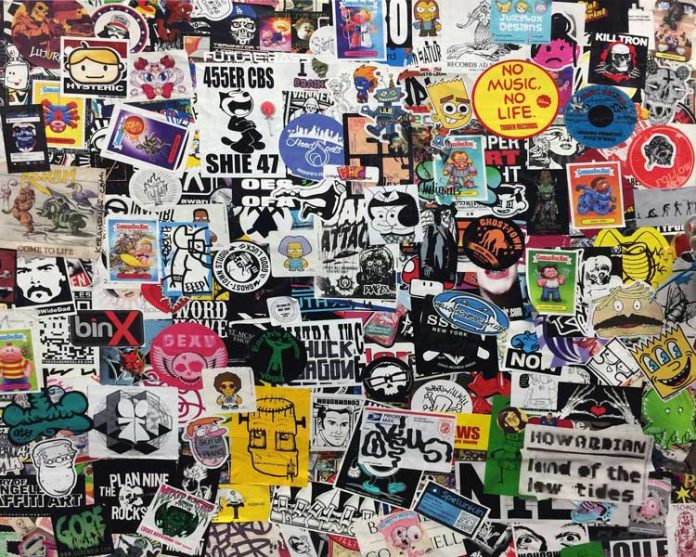For many, stickers offer great memories from childhood. Perhaps they were a reward for a job well done on a test or a small prize at an arcade. However, stickers have a wide variety of professional uses as well, including everything from industrial packaging labels to marketing materials such as using a sticker logo maker to promote your brand. With this wealth of uses, one may wonder about the advantages of different manufacturing processes. One of these processes is the mode of cutting out the sticker: die cutting vs. kiss cutting. Discover the difference between these techniques and learn about the background of the invention and the use of modern stickers.
Kiss Cut Stickers
The ultimate difference between these two finishes of stickers is how they are presented on their respective backing. They are similar processes, but the main difference is that kiss-cutting cuts only through the vinyl, leaving visible backing on the finished product. Because it is a more delicate process, it may be advantageous to consult a professional. A simple search of “kiss cutting near me” can help consumers locate such a service.
Kiss cut stickers are usually preferred for more intricate or smaller designs. The backing helps protect the sticker in transit, which is especially helpful if the sticker has any thin sections that could possibly be bent or torn easily. Another advantage is that these stickers are often easier to peel.
Die-Cut Stickers
Die-cut stickers, by contrast, are cut through both the sticker and the backing so the finished product has no extra material behind the sticker. Modern Stickers were invented by Stan Avery in 1935 when he created a die-cut label machine using parts from such household items as a sewing machine, saber saw, and washing machine. Die-cut stickers have more force applied to them to cut all the way through both layers. Many consumers prefer die-cut stickers for promotional materials, as seeing the silhouette of the sticker as it will appear when applied is cleaner and more attractive.
Stickers Through the Years
Although stickers were first invented for industrial use, through the 1940s and 50s they rose in popularity with everyday people. One of these uses was the bumper sticker. Invented in the 1940s by Forest Gill in Kansas City, MO, bumper stickers first found popularity with tourist attractions. The patrons of these sites loved showing off their travels, and roadside attractions loved having countless advertisements driving all over the nation’s recently expanded highway system.
Bumper stickers really found their footing as political advertising. In the 1952 presidential election, “I Like Ike” stickers adorned the bumpers of Dwight D. Eisenhower supporters. The popularity of bumper stickers clued advertisers into the power of relatively inexpensive products as marketing tools. Stickers for collecting became immensely popular, especially with the youth, leading to the release of stickers featuring figures from music, sports, television, and movies. By emphasizing “collecting them all,” franchises were able to generate enormous interest.
Final Thoughts
Because stickers are so versatile and inexpensive to produce, they have a wide variety of uses, from simple labels to complex designs. Depending on the intended function and design of the product, both die-cut and kiss-cut stickers have their advantages. Die-cut stickers provide for a more impactful image of the product, while kiss-cut stickers provide more protection of intricate designs and more ease when removing the sticker from its backing. Either way, a sticker provides a fun, creative, and effective way to unleash a design onto the world.



































